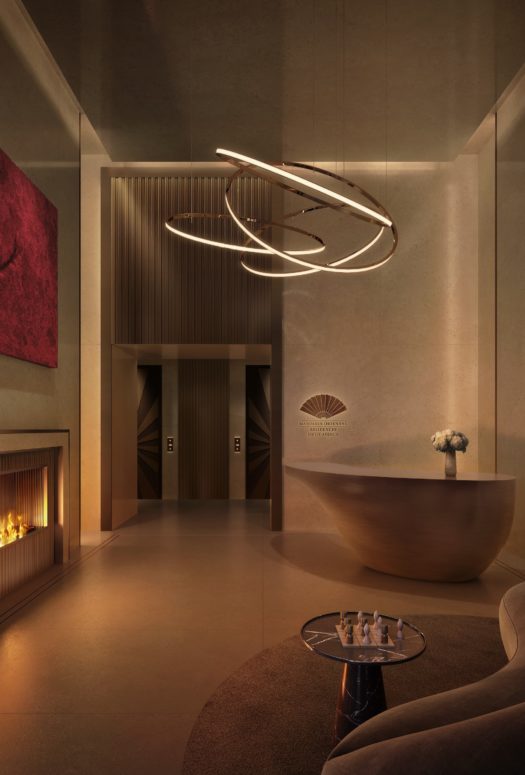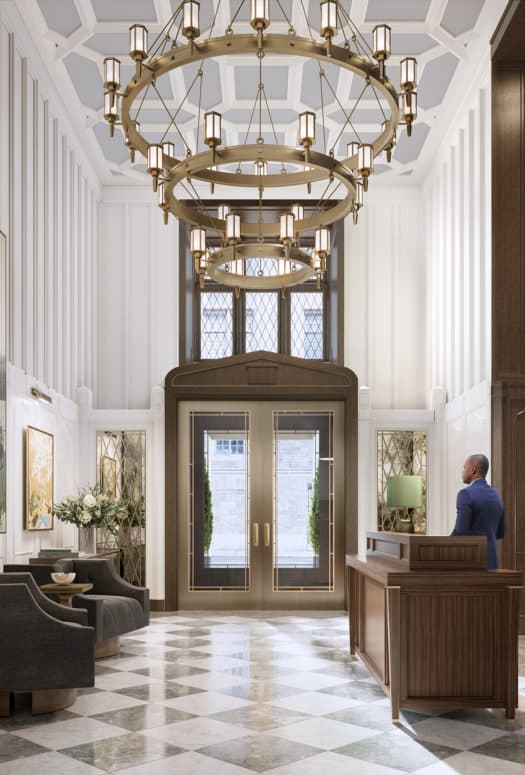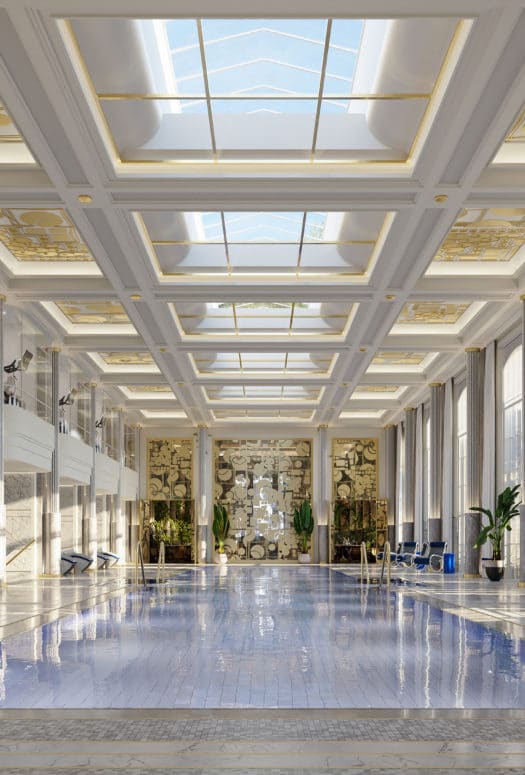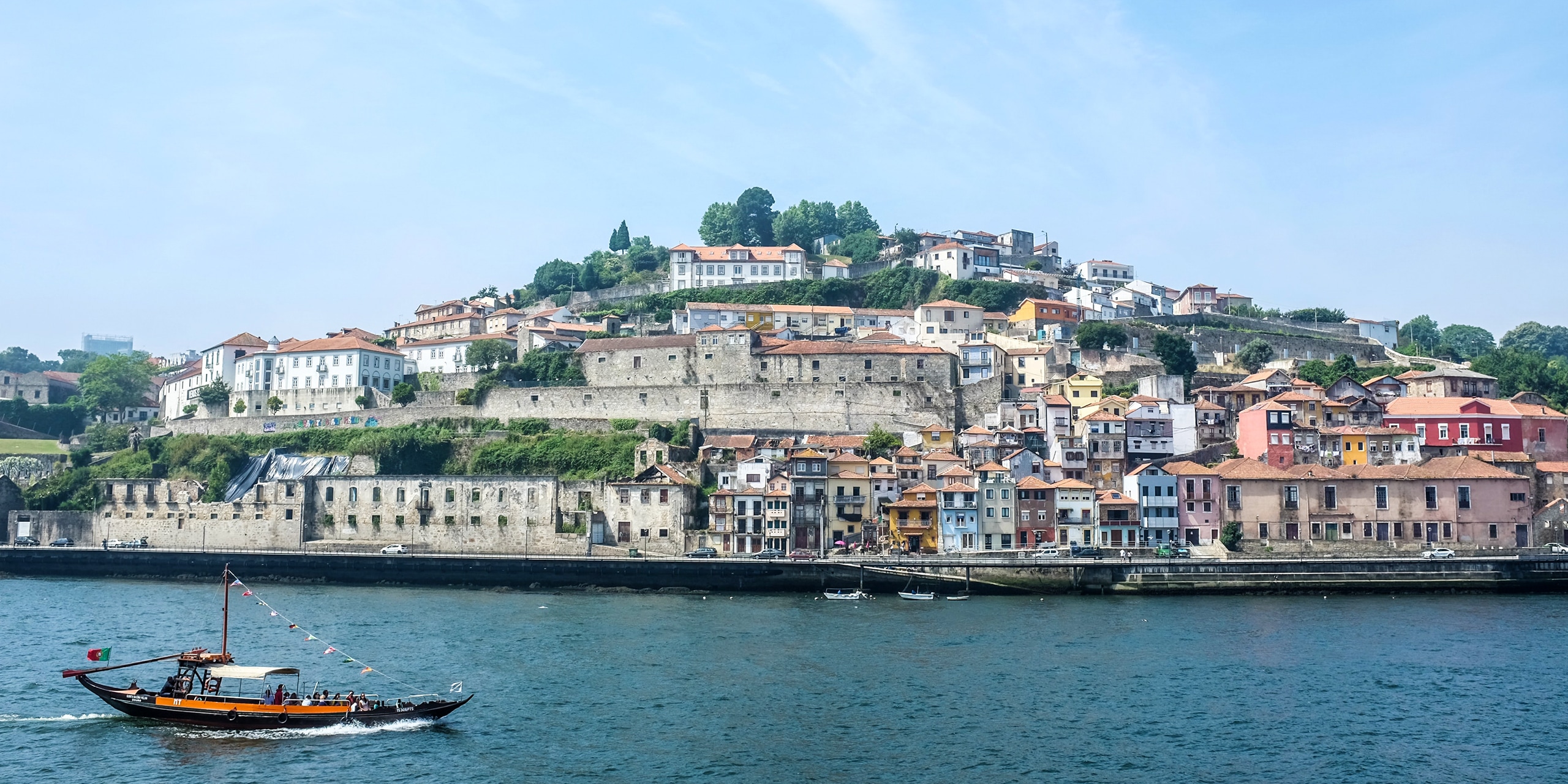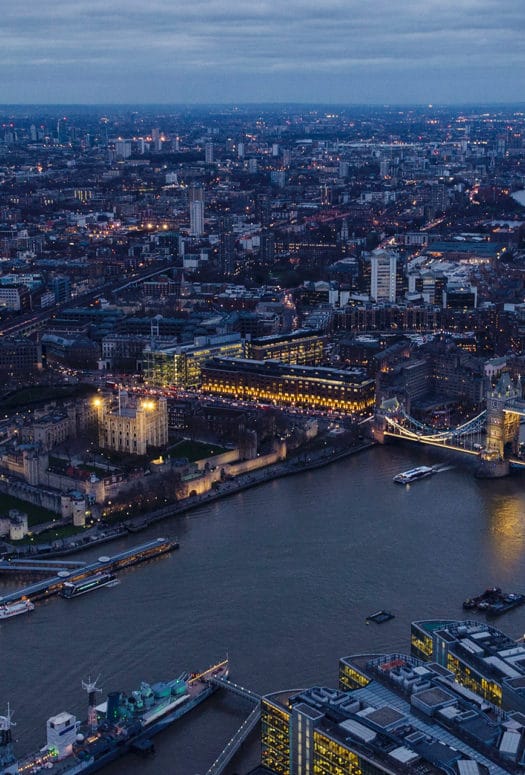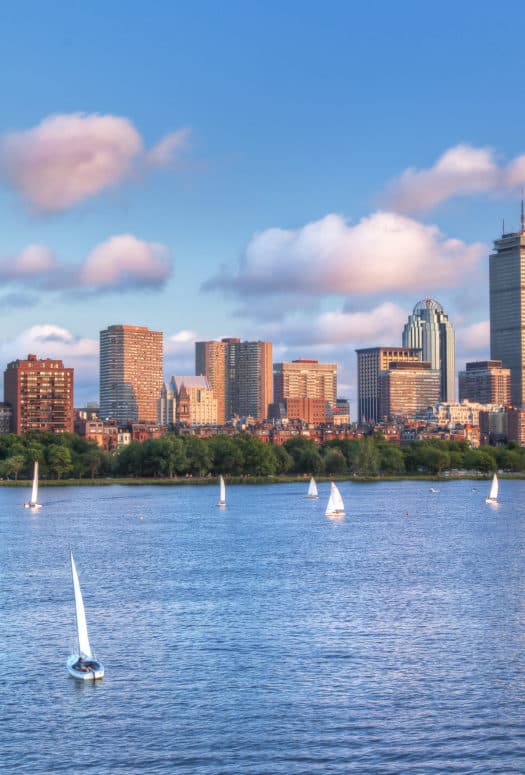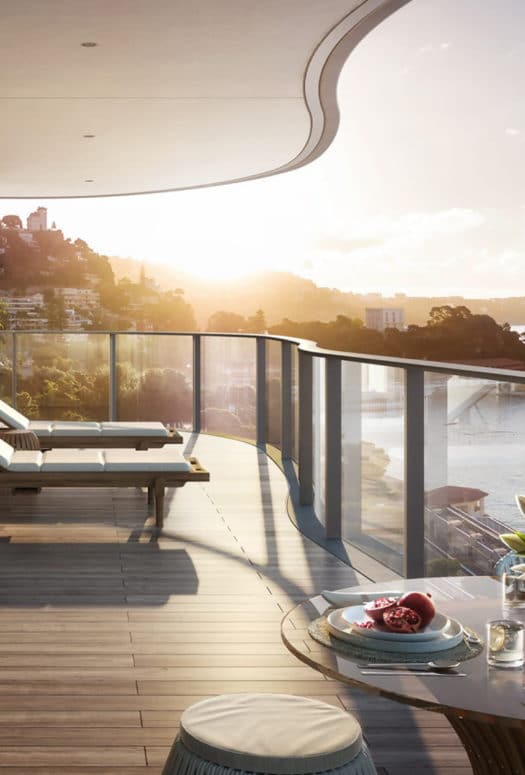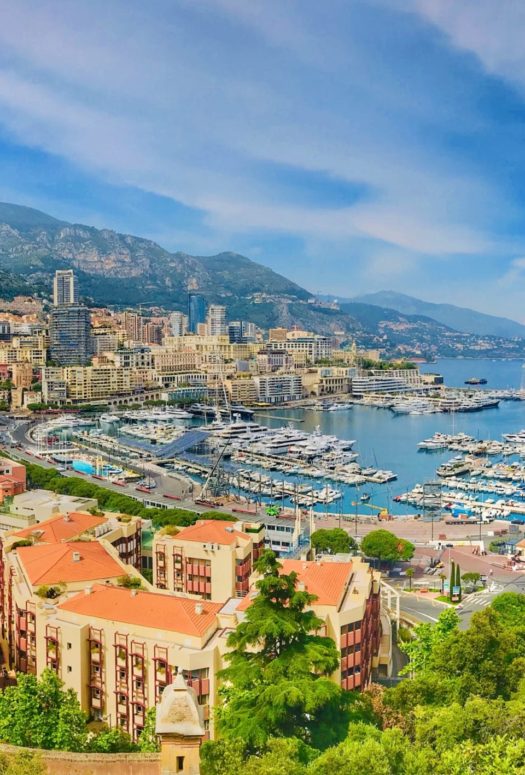Porto, Portugal: A City for the Senses
By: Nichole Talbot
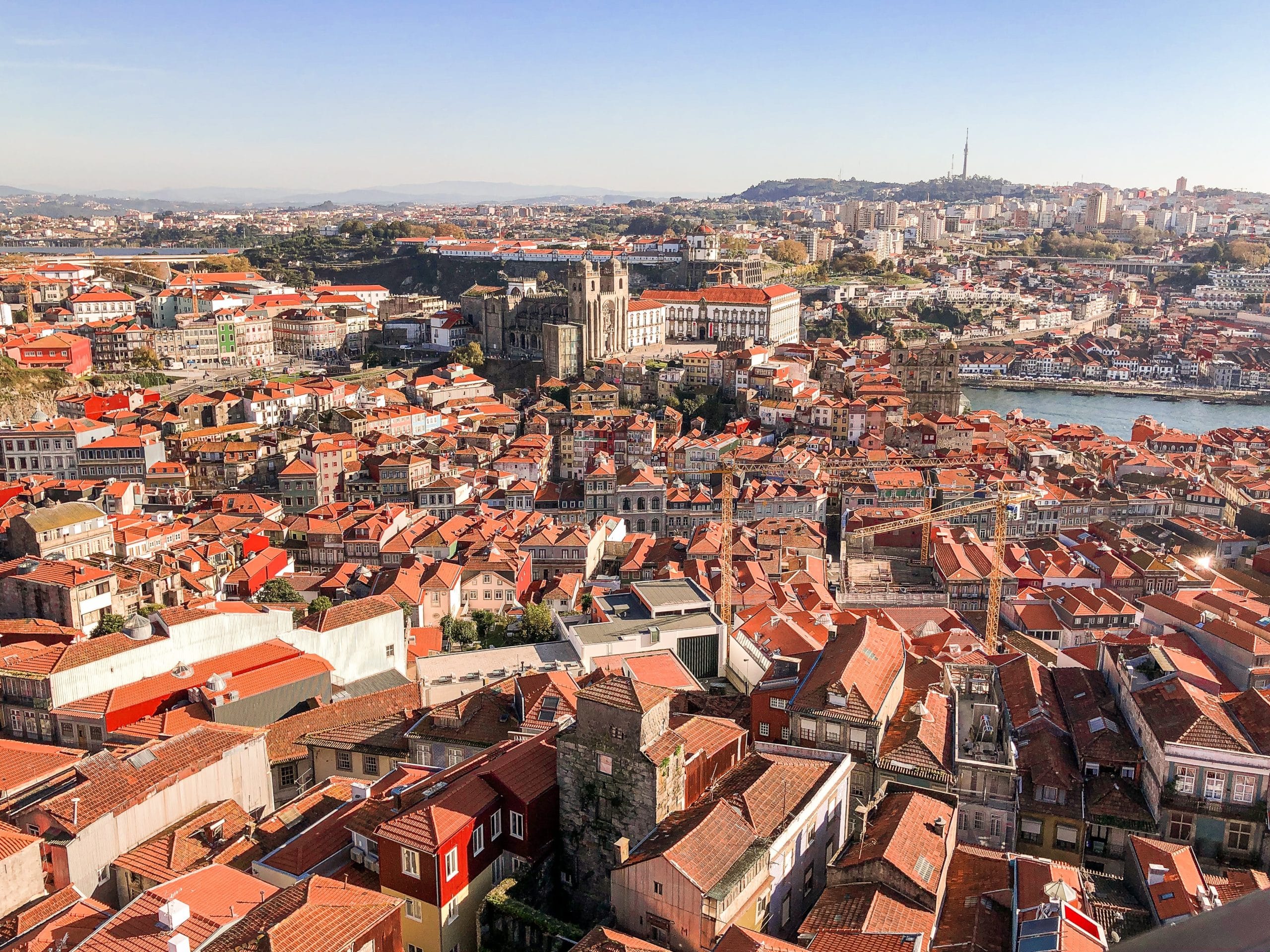 Photo Credit: Square Lab / Unsplash
Photo Credit: Square Lab / Unsplash
One need only look at its collection of brightly hued residences ranged along the hillside beside the Douro River to be enchanted by Porto. The Portuguese destination is second in size to Lisbon, its sister city to the south, but it is no less magical. Known for the rich dessert wine that bears its name, Porto is a rising star among those who appreciate its diverse history as well as its progressive design.
There’s no shortage of architectural eye candy throughout the city’s districts, many of which span centuries and various historical movements. Baroque, Romanesque, Gothic, and neoclassical structures can be explored alongside sites featuring striking minimalist and modern architecture, which is having a moment in the city.
In the north, the Porto Cathedral (known as the Sé) with its Gothic cloister and fortress-style facade boasts incredible views of the Douro River below. In the city center, a designated UNESCO World Heritage site, the Palácio da Bolsa (“Stock Exchange Palace”) was built in neoclassical style. This national monument’s highlight, however, is the 300-square-meter Arab Room designed in intricate Moorish style.
Like its monuments and attractions, the city’s real estate beautifully blends past and present. Redevelopment of centuries-old structures into well-appointed apartments for sale occur alongside a modern infusion of new construction projects conceived by some of the region’s most esteemed architects and firms, including 2011 Pritzker Prize winner Eduardo Souto de Moura. From carefully restored neoclassical buildings in the Ribeira and the city center to the more modern residences in beachfront Foz, there is something to satisfy most architectural and design preferences.
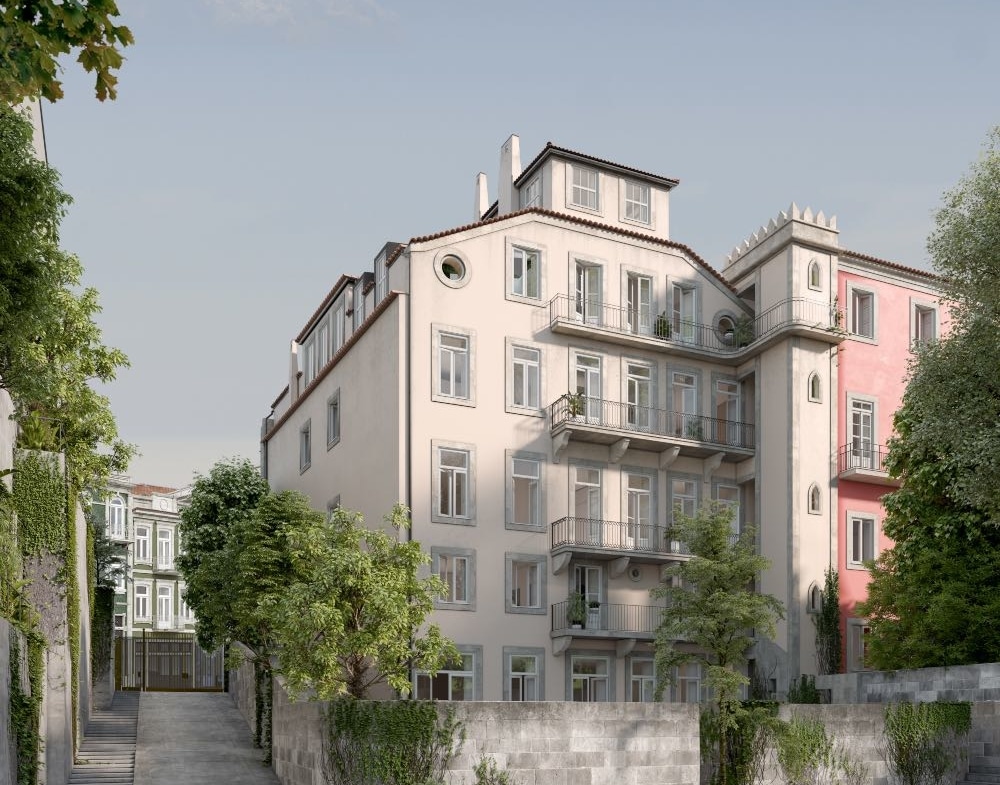 Photo Credit: Palacete Cedofeita
Photo Credit: Palacete Cedofeita
Living Aliados, a new and nearly sold-out development designed by architect António Leitão Barbosa, repurposes a former historic bank into 15 luxury flats in the city center near the spectacular Câmara Municipal do Porto and a host of restaurants and cafes—all with terrace or balcony views. A pair of two-bedroom apartments are available at this project’s close-out at €600,000 and €700,000 ($665,630 and $776,470). In the district of Cedofeita, a luxury development of apartments and villas—two residences remain up for grabs, priced at €1.2 million and €1.5 million ($1.33 million and $1.66 million)—offers indoor-outdoor living blended with easy access to the area’s many art galleries and eateries along Rua Miguel Bombarda.
Eating, Drinking, and Being Merry in Porto
Both locals and travelers eat well here, as the city is home to several Michelin-starred restaurants serving up classic Portuguese dishes, as well as cozy taverns and sidewalk cafes along bustling riverfront promenades and plazas. Casa de Chá da Boa Nova, designed by Pritzker Prize-winning architect Álvaro Siza, is a modern tea house boasting incredible ocean views and a rotating menu of classic regional dishes from chef Rui Paula. O Gaveto near the Matosinhos fish market should be on every seafood lover’s bucket list for the freshest daily catches. For an authentic Porto dining experience, a meal at one of the many tascas or taverns for traditional Portuguese fare is a must. Plates piled high are typical in these eateries, so sharing with dining mates is common. Bring an empty stomach to Francesinha Cafe for a classic Portuguese francesinha—a sandwich made with ham, sausage, and steak that is smothered in melted cheese and a rich, spicy beer-based sauce.
Many of the area’s port wine lodges are located across the Douro in Vila Nova de Gaia, some of which offer weekly performances of fado (a traditional style of Portuguese music) on terraces with sweeping river views. Venture to the minimalist and sculptural Casa da Música, designed by architect Rem Koolhaas, to hear the Porto National Orchestra and other world-class musicians.
Throughout the Year
If living in Porto sounds appealing, it’s high time to visit. March through May, when the temperatures are mild and the summer crowds haven’t yet arrived, is an ideal time to scour the scene. Revelers may want to linger a little longer for the city’s annual São João festival on June 23, an all-night party that includes music, dancing, fireworks over the D. Luís Bridge, and joyfully hitting friends and strangers on their heads with soft plastic mallets. September and October are grape harvest months and are also lovely times to be there—a driving tour of the bucolic Douro Valley wine region to taste the local varietals is worth the trip.


